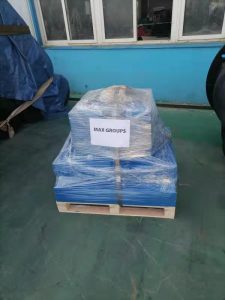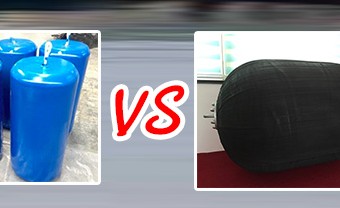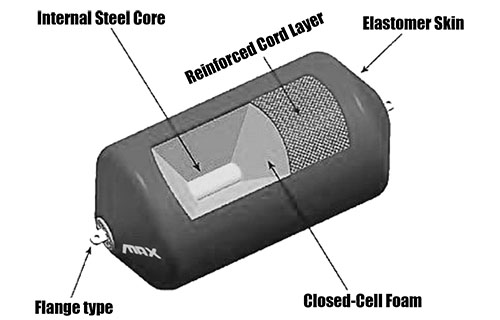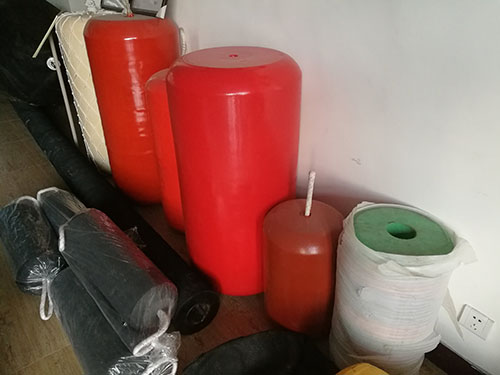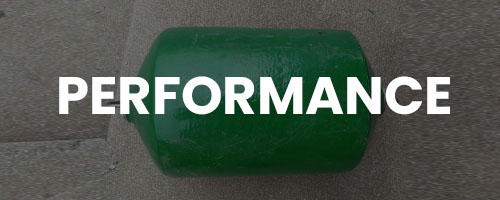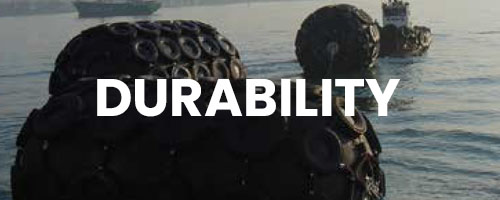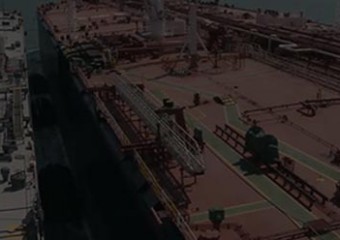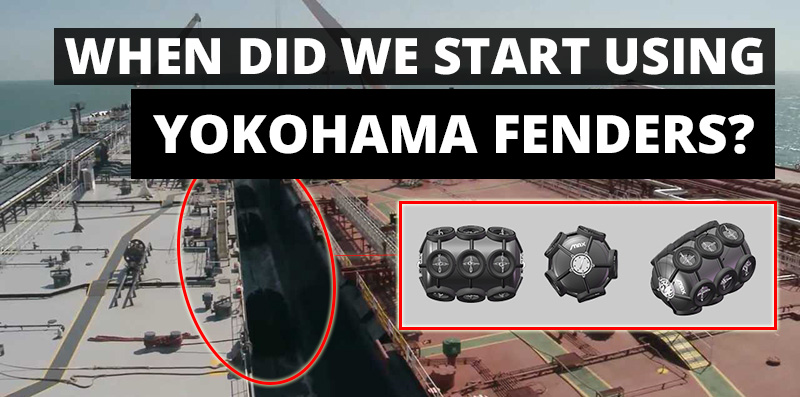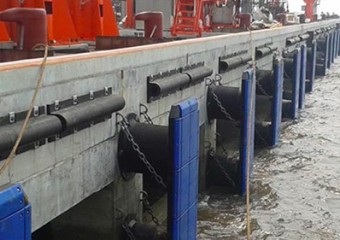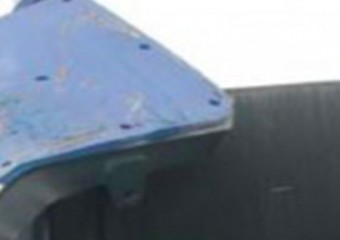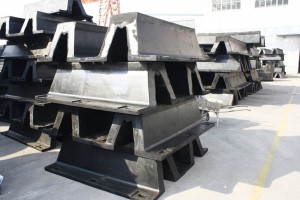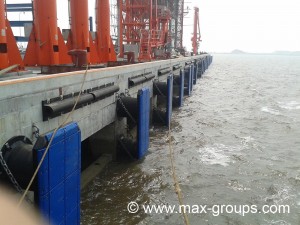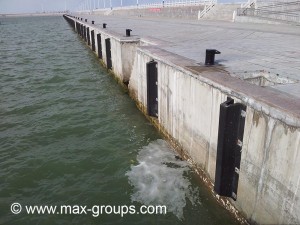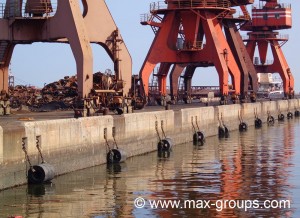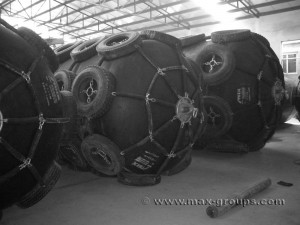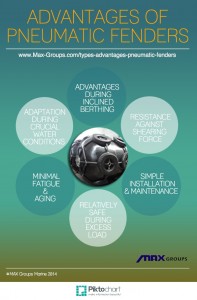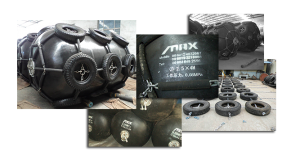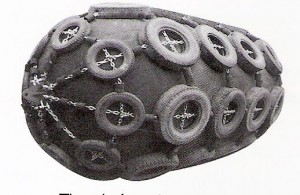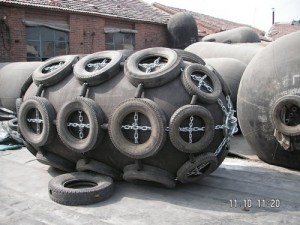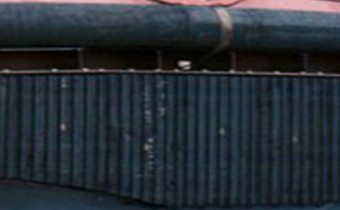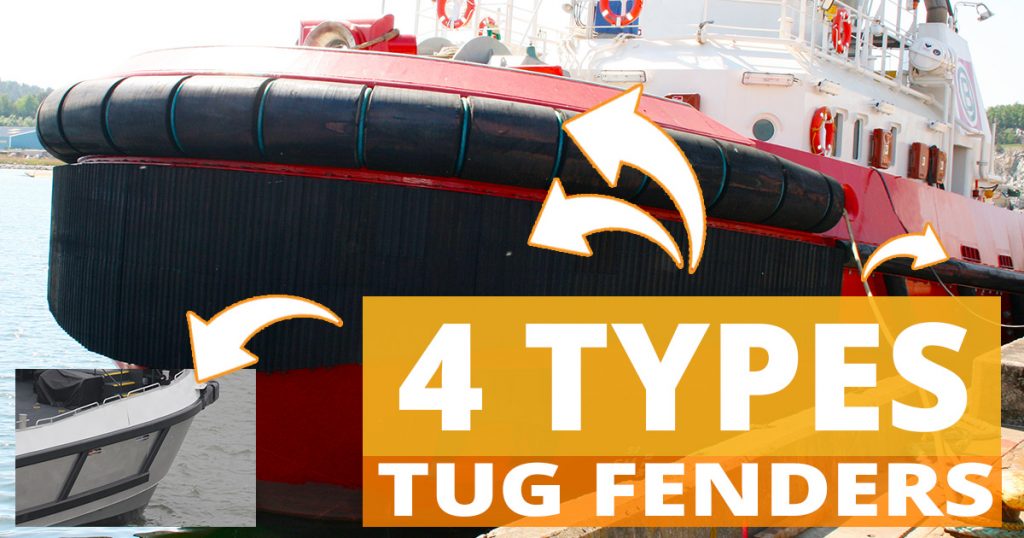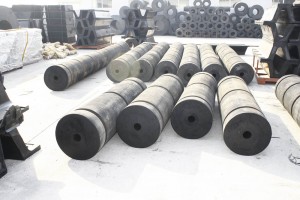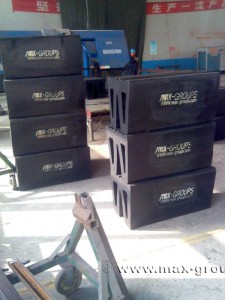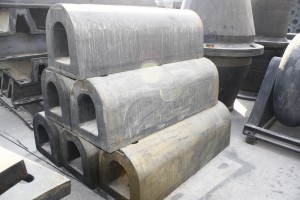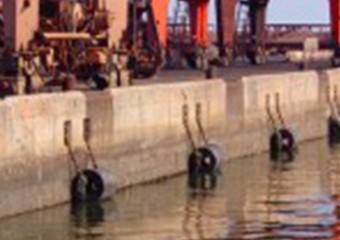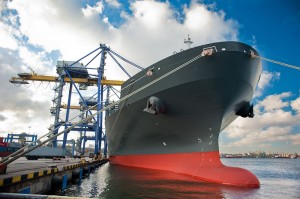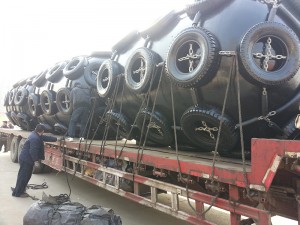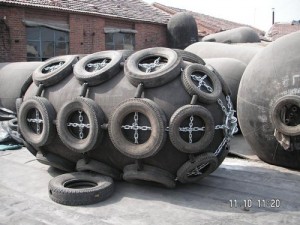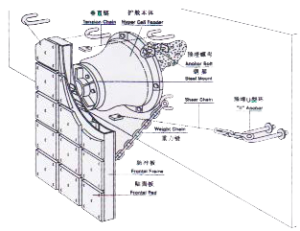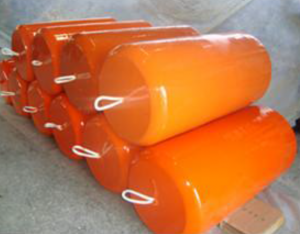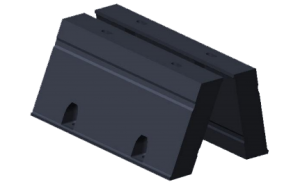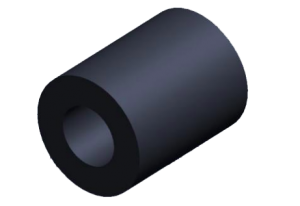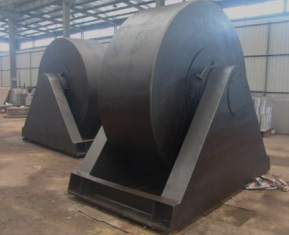The marine industry is a complex and ever-evolving sector that encompasses a wide range of areas, including shipbuilding, ports, maritime security, and the oil and gas industry and more.
In recent years, the industry has experienced significant growth and innovation, driven by advances in technology and undergo changing market conditions. As we look ahead to 2023, the marine industry is poised for continued evolution and growth, with several key trends and developments likely to shape the industry in the coming years.
- Shipbuilding: The shipbuilding industry is under growing pressure to reduce the environmental impact of vessels, improve fuel efficiency, and enhance overall sustainability. As a result, we can expect to see continued investment in new shipbuilding technologies and practices, such as the use of lightweight materials, more efficient propulsion systems, and improved hull designs. This increased focus on sustainability and efficiency will help the industry stay ahead of the curve and meet changing market demands.
- Ports: Ports play a vital role in the global shipping network and are critical to the efficient movement of goods and people. There is growing demand for more efficient and sustainable port operations, which is likely to drive increased investment in port infrastructure, including the development of new terminals, the expansion of existing facilities, and the implementation of new technologies, such as automated cargo handling systems. This increased focus on ports will help the marine industry stay ahead of the curve and meet changing market conditions.
- Maritime security: The maritime industry is facing increasing security challenges, including piracy, smuggling, and terrorism. As a result, there is a growing need for effective security measures, such as enhanced surveillance systems and improved coordination between law enforcement agencies. This increased focus on maritime security will drive innovation in the industry, as companies invest in new technologies and practices to improve the safety and security of their operations.
- New business models: The marine industry is facing growing pressure to adapt to changing market conditions, including increased competition and changing consumer preferences. As a result, we can expect to see the emergence of new business models, such as sharing and rental systems, that allow companies to better meet the needs of their customers and compete in a rapidly changing marketplace. These new business models will help the marine industry stay ahead of the curve and respond to changing market demands.
- Environment: The marine industry is under growing pressure to reduce its environmental impact, including reducing greenhouse gas emissions, reducing waste, and preserving marine ecosystems. As a result, we can expect to see continued investment in new technologies and practices designed to make the industry more sustainable, such as the use of renewable energy sources and efficient waste management systems. This increased focus on the environment will help the marine industry meet its sustainability goals and maintain its position as a leader in the global marketplace.
- Oil and gas industry: Despite the growing focus on renewable energy, the oil and gas industry is likely to continue to play a significant role in the global energy mix in the coming years. As a result, we can expect to see continued investment in the exploration, production, and transportation of oil and gas, as well as the development of new technologies and practices to enhance the safety and efficiency of these operations. This increased focus on the oil and gas industry will help the marine industry maintain its position as a key player in the global energy market.
In conclusion, the marine industry is poised for continued growth and innovation in the coming years, driven by a range of factors, including the focus on shipbuilding, investment in ports, increased focus on maritime security, the emergence of new business models, the focus on the environment, and the growth of the oil and gas industry. These trends and developments are likely to shape the industry in the coming years, as companies seek to adapt to changing market conditions



